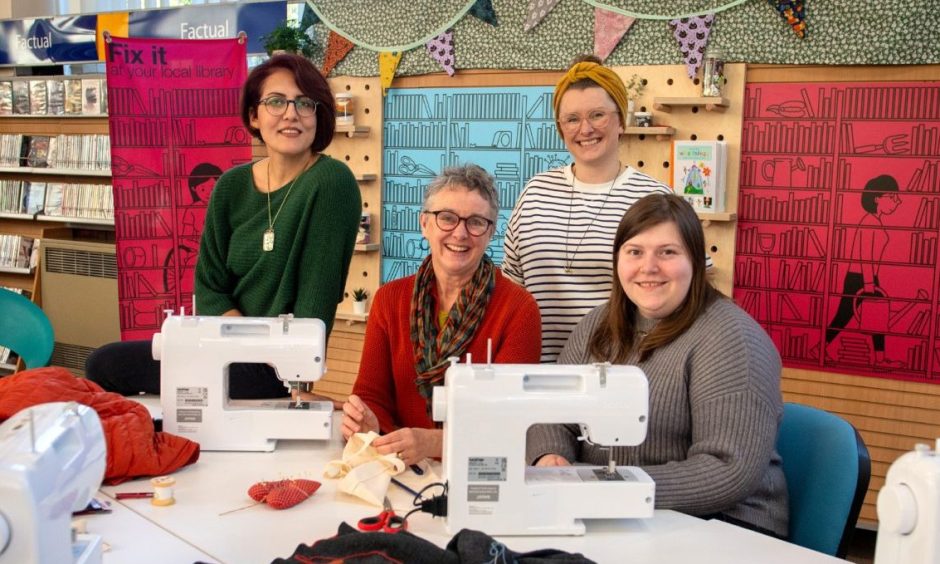
Who could have guessed that a clothing repair group would end up in such high demand in Aberdeen, that it’s already regularly selling out its classes?
This is exactly what’s been happening down at Aberdeen Central Library, where the local clothes-fixing organisation Repair What You Wear has been helping Aberdonians save their ripped raincoats, torn trousers and frayed frocks from landfill.
So what’s so amazing about these drop-in classes and skills sessions that’s got tickets to attend already selling out online?
This month, I spent some time with the Repair What You Wear organisers, and the sewing fans they’re creating, to find out what magic they’re weaving.
Getting to grips with the sewing machine
Rather naively, I turned up to the Media Centre at the city library with a bag of clothes needing to be repaired at the start of the month.
I thought in just an hour and a half I would be able to crack hemming trousers, fix some loose stitching on a kimono, and even, at the very least, ask how to repair a broken zipper on a pair of jeans.
Oh, how wrong I was.
In a group of six others, they guided us on how to set up the machine ready to get stitching.
That was my first big challenge. Just getting the thread onto a bobbin.
On my third attempt, and rather red-faced, I realised it was going to be a lot harder than I first anticipated. However, I was kindly reassured this was normal, and that mistakes were a good way to learn.
Everyone else learning around me was very supportive and we all started encouraging each other on our new-found skills.
I mastered the sewing machine… sort of
Ros Studd and Rachel Robertson from Repair What You Wear showed us a few different techniques and functions, including how to sew a straight line as well as in a zig-zag.
Soon I was getting the hang of it and felt excitement as I started getting neater lines and sharper points.
Once we’d had good practice on the machine, it was time to start assembling a tote bag.
Ros and Rachel showed us how to line up the two pieces of fabric and measure them out so we could start sewing them together, as well as the placement of the tricksy handles.
I managed to get the bag sewn together and one of the two handles attached before we ran out of time.
It doesn’t sound like much, but it was a lot to learn in a short space of time and I have to say I was so proud of what I accomplished.
The session was filled with fun and laughter, and I overheard some of the others taking part say they were there to either learn a new skill, or just because they wanted to find a new hobby.
But, we all unanimously said we would want to come back again.
Why are the Repair What You Wear classes so useful?
While many are still feeling the effects of the cost-of-living crisis, mending clothes you already have could save you money while helping the environment.
“If you can fix stuff, you save a lot of money,” Ros explained.
“If you can fix stuff, you can reduce waste and over-consumption.
“Over-consumption in clothing is driving climate change, fashion is one of the four industries that has the highest carbon footprint.
“Once it’s produced, the damage is done. But, if you double the time you wear something, you more or less halve the carbon emissions.”
A tip for buying clothes — if you can handle it, then feel the material. If it feels thin and slippery, it’s probably not very robust. Pull the seam slightly, just ease it. If you think the seam is going to stay strong, it’s ok, but if it looks like it’s about to start breaking, don’t buy it.
The Repair What You Wear classes and sessions are operating out of the new ‘Lend and Mend Hub’ at the Central Library, with supporting funding from the John Lewis chain of department stores.
They are available to anyone, and the ladies at Repair What You Wear are patient and do not judge by your skills, ability, or what you bring in to be repaired.
They just want to help you learn to become independent and save money while helping you reduce your impact on the climate.
Ros said: “We’re not talking about being an artist in terms of repairs, we’re talking about having the skills to fix stuff.
“You grow confident, you can manage your finances better, and you’re reducing waste.”
What next for Repair What You Wear and the Lend and Mend hub?
The six sewing machines and other materials at the Lend and Mend Hub are there to stay at Aberdeen Central Library.
I met up with Ros, Ellie and Rachel a few days ago to find out how their other drop-ins went — and of course, to finish my own tote bag.
As we set up around a machine, the stylish trio told me they welcomed a “fantastic mix” of people to the hub last week, who brought a “lovely range” of items to be repaired with them.
Ros beamed when she told me everyone she had spoken to so far wanted to come back and do more.
The team is planning on running more get-to-know-your-sewing machine classes to help people grow confident using them, but they also plan on developing workshops on upcycling, repair, and even developing skills.
They also have a whole host of online videos to help people anywhere learn how to mend, well, pretty much everything.
Their video on how to mend a tear in jeans by hand has racked up more than 672,000 views.
I reckon they’ve got this new project all sewn up
The hub sounds exactly like what Aberdeen needs, a place for people to access all the tools available to become self-sufficient.
And while I still have that bag of clothes sitting in the backseat of my car waiting to be repaired — I now know I have the skills to mend them next time.
Find out more about Repair What You Wear and check out their how-to guides here.
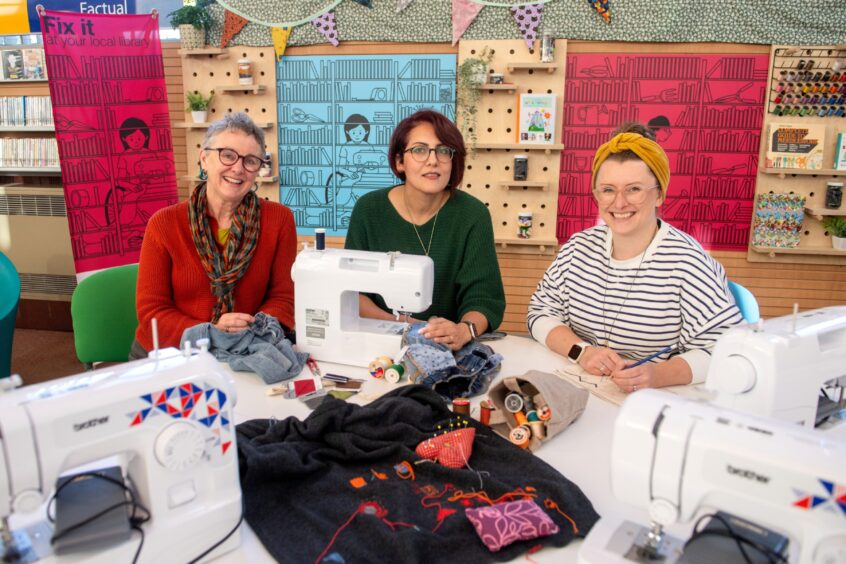
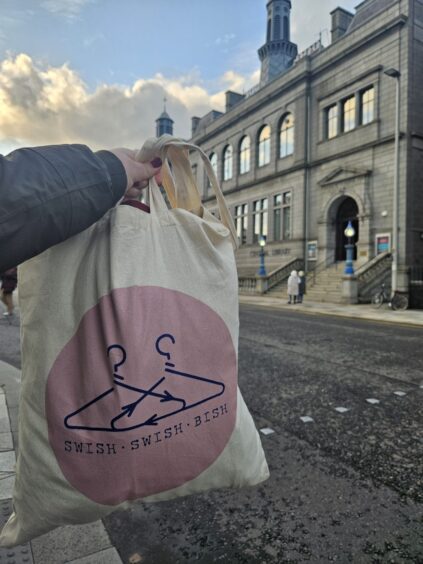
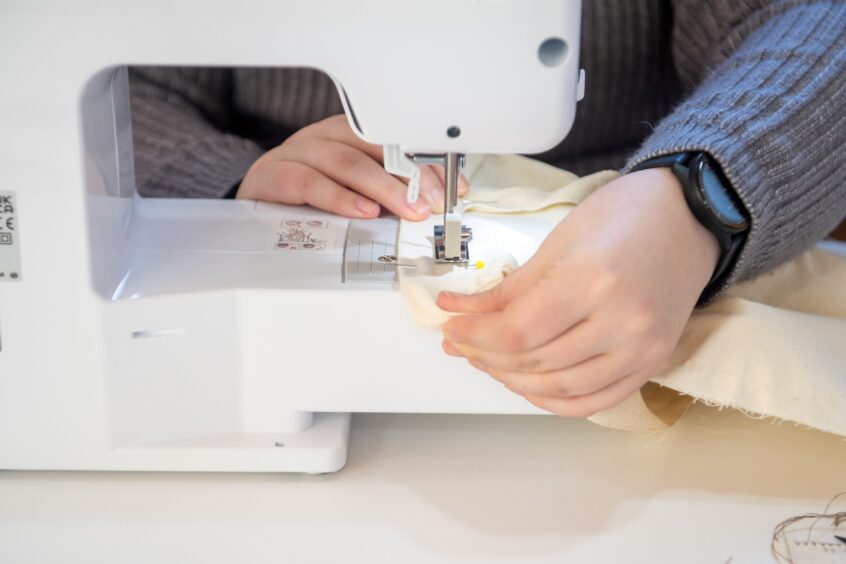
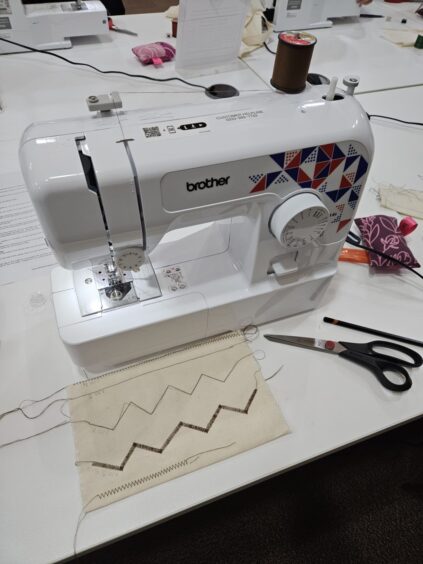
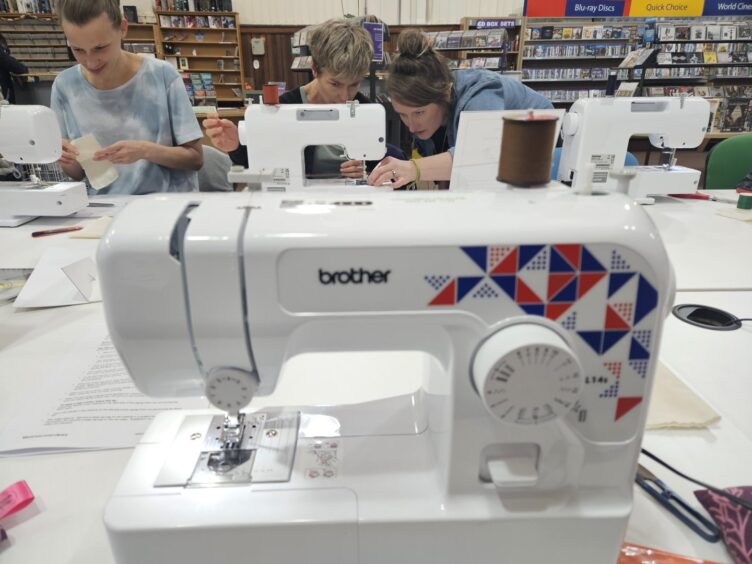

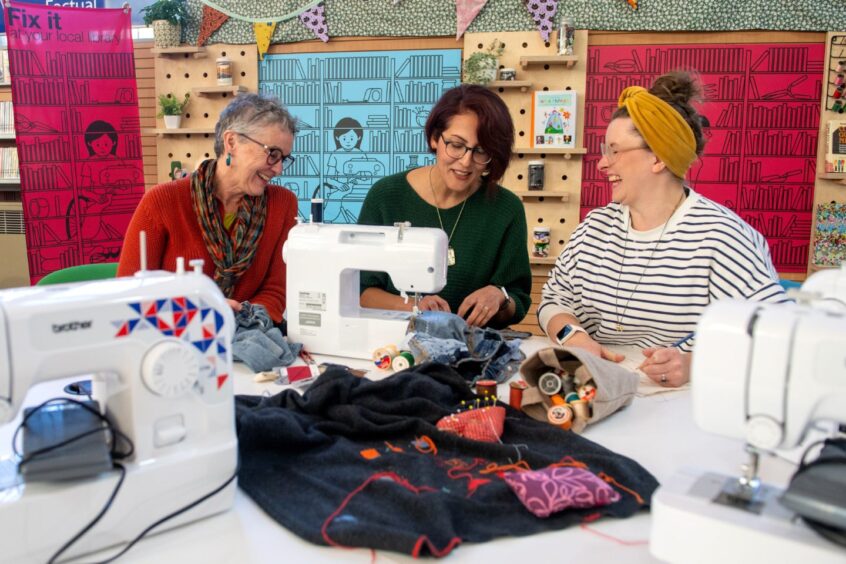
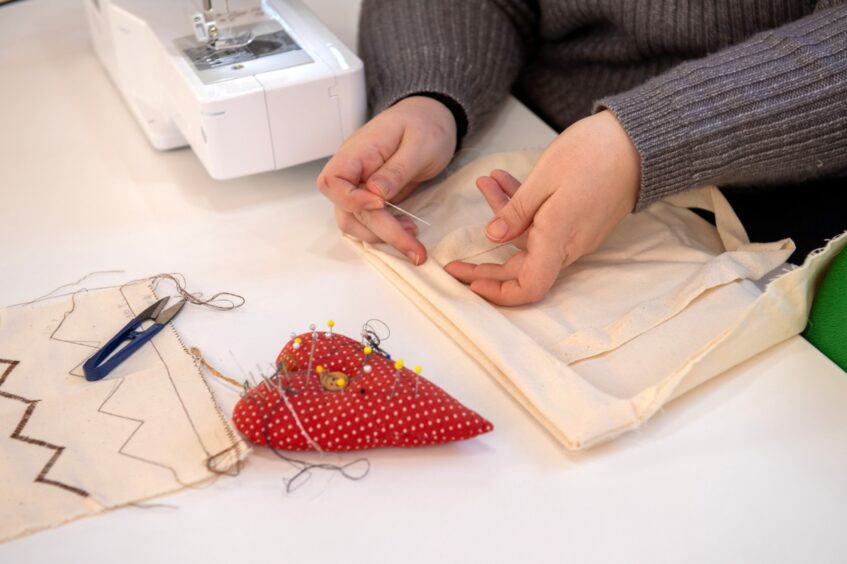

Conversation